With Martin Skrtel having recently hinted at a move away from Liverpool after an “unacceptable” contract offer, Karl Matchett looks at why the Reds should upgrade on the Slovakian this summer.

Some things are as repetitive as they are inevitable in football: FIFA will make a collective fool of itself, an end-of-season international friendly will be dull and Liverpool’s defence will invariably need improving in the transfer market.
While the Reds’ defensive record for the entire year just finished was skewed slightly by the abysmal finish where they conceded nine in the final two fixtures — not likely to happen again in a hurry, thankfully — it ended a fifth successive season where Liverpool have conceded between 40 and 50 goals during the league campaign.
Given the average goals conceded by a top-four team in 2014-15 was just 35.8, in 13-14 was 38.8 and in 12-13 was 38.3, it’s not difficult to surmise that stopping goals, just as much as scoring more of them, is a key area that Brendan Rodgers must see to in the coming weeks and months.
Premier League goals conceded during Rodgers’ reign as manager
[table id=105 /]
Over the past couple of years, a clutch of defensive names have left the club who were present during the regular runs to the latter stages of the Champions League, most notably Daniel Agger and Jamie Carragher. While they both needed replacing for different reasons, Martin Skrtel has remained in place at the heart of the Reds’ defence over the past five years, being an almost immovable part of the team despite continued underperformance by the back line as a whole.
Blame Game
It’s not all down to Skrtel, of course; for several of those seasons he has been the stand-out name in the back line and has at different times partnered the likes of an aggressive but uneven Soto Kyrgiakos, a past-his-best Kolo Toure and arguably the biggest flop of the post-Comolli era in Dejan Lovren. He hasn’t had it easy, in terms of stability or protection, but he is also not close to being a top-class central defender in his own right.

With the news of late that Skrtel has turned down an extension after an “unacceptable” offer, the Slovak must now be seen finally as a replaceable part of a jigsaw which for too long hasn’t yielded the picture Liverpool desire.
Eastern European, brave and shaven-headed, Skrtel is essentially a prototype for the ideal aggressive defensive leader: a man who looks like he has been hewn from rock and who cares more for clean sheets than a clean image, for making blocks rather than making waves and who, at set pieces, will arrange his fellow back line rather than arrange his own hair line.
The thing with prototypes is that they can soon be improved upon, and better versions with fewer limitations are readily available.
That has been the case with Skrtel, easily apparent for three or four years now… yet with other areas of the team always needing attention the easy way out has been to let his solid, reliable, decent displays continue for another year until the rest of the side falls into place.
Which, of course, it never quite does.
Skrtel has his strengths. He is fiercely committed, will challenge for any ball on the air or ground, passes simply and consistently out of the back line and clearly has feeling for the club — to a point, of course. Not so much that he would sign a new deal for less than he feels his worth is.
But, by the same token, the No. 37 has his limitations. Year after year the same failures rear their head and at this point, he is what he is. Tactically or technically, Skrtel will not see any major step up in his game.

Whether it is the tendency to jump into challenges around the front of attackers, the silly free-kicks given away in the channels or the fact he just doesn’t totally complement Liverpool’s best centre-back, Mamadou Sakho, in a two-man partnership, Skrtel will never reach the heights needed to regularly compete at the top end of the league.
Top Four
He’s not a bad defender, never has been. But he has also never been a top-class one.
In some ways, Liverpool have been able to mask his deficiencies. Playing in the centre of a three for a large portion of this season, Skrtel the destroyer was simply asked to repel and repeat, over and over, when teams attempted to circumnavigate a crowded edge of the penalty box.
His high stats ratings in such categories as clearances and headed duels are stand-out in terms of the team and the league in general, and the ability to react and stretch and boot or head clear makes it look as though Skrtel’s game is busy, reliable and diligent. Which, for the most part, it is…in that system. Just like Robert Huth at Leicester City.

In the three Skrtel is (mostly) not asked to pass progressively; instead it goes short to the wider centre-backs. He is not asked to track runners into the channels where he over-commits; instead, he holds his ground and those around him pull wider.
He is not asked to drop in and cover behind too frequently; instead he is the one who goes to the ball and challenges first, stepping out and leaving a gap (on instruction) which others instead must take care of. The latter becomes a huge problem when Skrtel is partnered with Lovren, whose own natural instinct is to do the exact same thing, meaning both centre-backs are pushed out and nobody covers the gaps in behind. [td_ad_box spot_id=“custom_ad_3″]
While it is increasingly difficult to predict Brendan Rodgers’ preferred tactical set-up for next season, the feeling is that this summer will be a reset button and, whether in a 4-3-3 or a diamond, the Reds should revert more regularly than not to a back four next term.
That in turn means an absolutely critical decision in who partners Sakho as the first choice, and if Skrtel’s rejection of a new deal means new faces are considered, Liverpool have to this time finally take the chance to upgrade a key area of the pitch and boost their hopes of improving defensively for 2015-16.
In any position, with any player, if something on the pitch isn’t working over a lengthy period of time, there are but two options: persevere and hope for the best, or actively make a change.
Changing the player (or the tactic, or the shape, or the manager) might work or might not…but leaving things as they are almost certainly won’t.
Especially when they haven’t done so, year after year, to the level required.
Continue reading: 6 possible replacements for Skrtel
[interaction id=”557587e061d08a2d4b981984″]
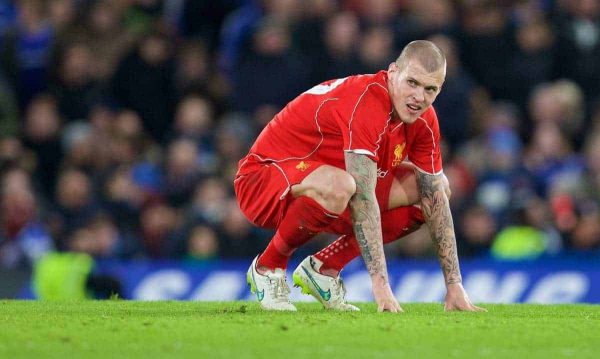








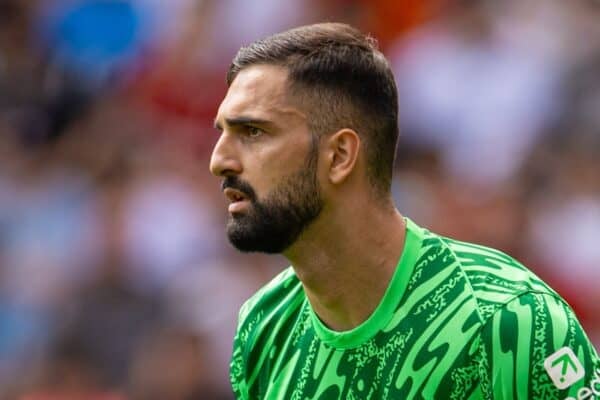
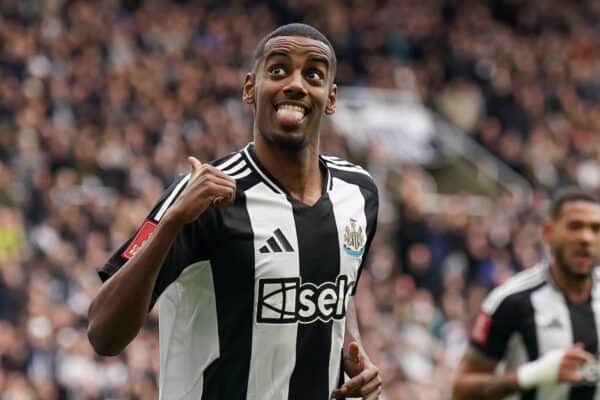
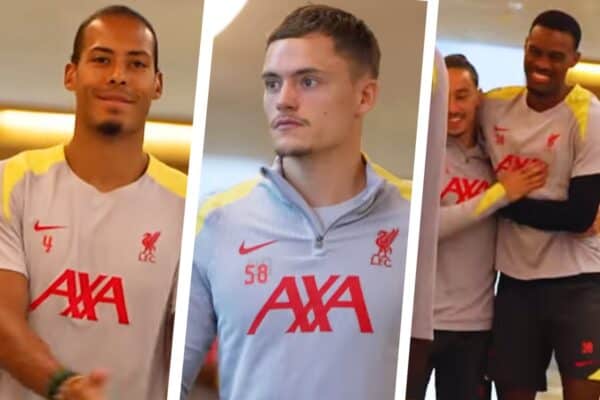

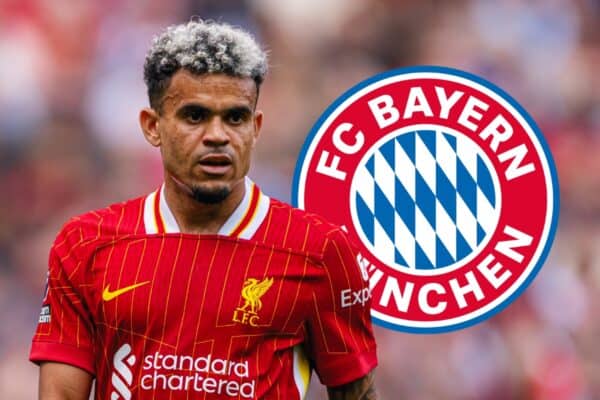


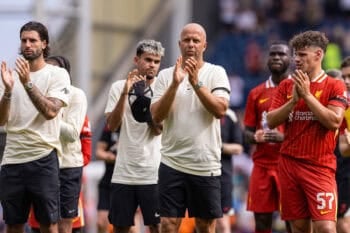



Fan Comments